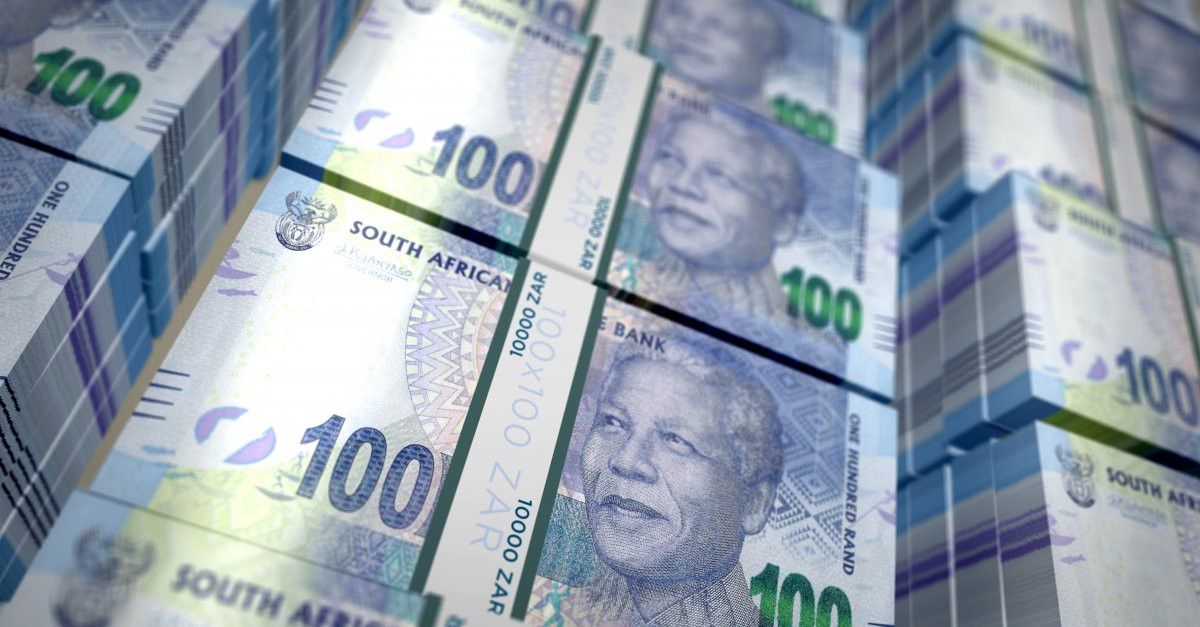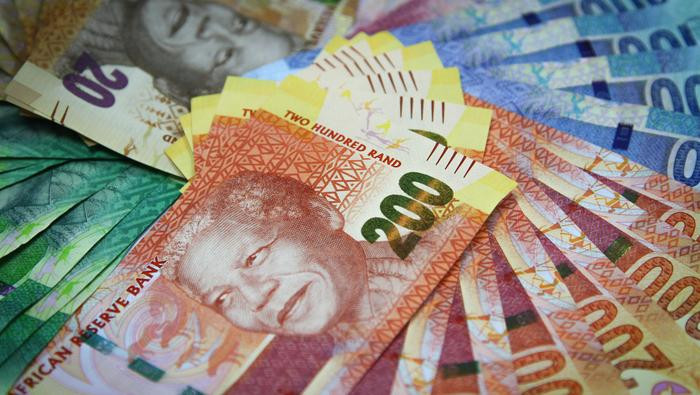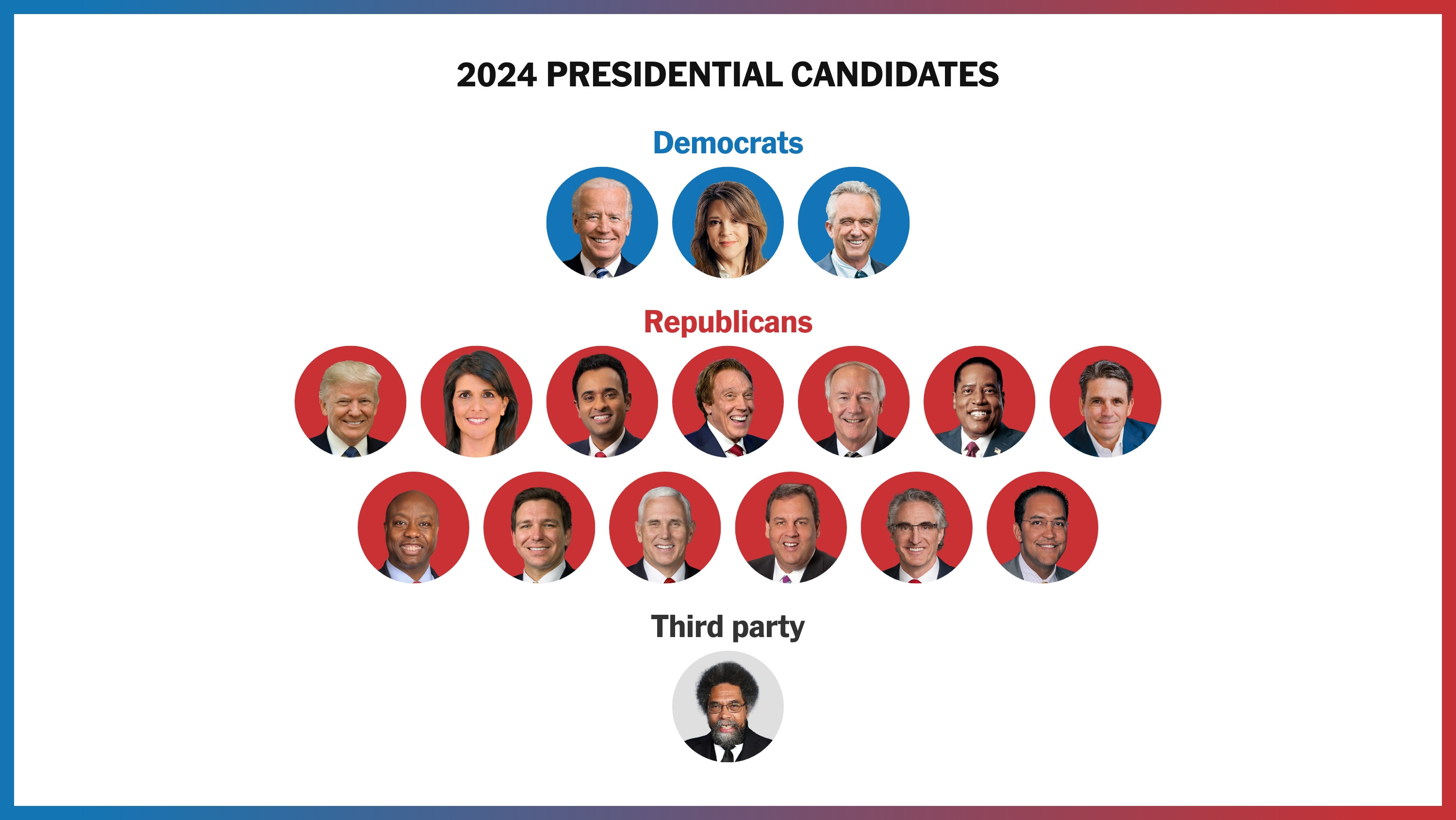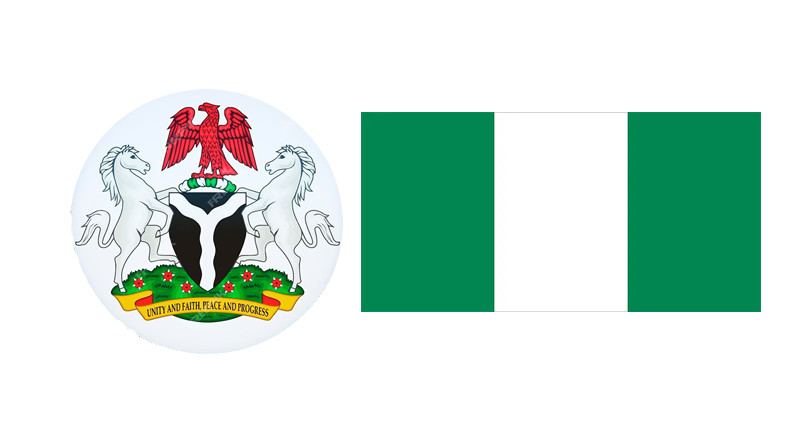The currency strengthened 0.1% to 17.5331 per dollar by 7 a.m. in Johannesburg, hovering around its strongest level since February of last year.
SARB Governor Lesetja Kganyago is expected to announce a 25 basis-point reduction in the benchmark rate to 8%, according to 21 of 22 economists surveyed by Bloomberg. One economist predicts a larger, 50 basis-point cut.
“We expect a 25bps move but with the Fed going large there may be a slight move in local rates toward a bigger cut by the SARB. They really can justify both a 25 or 50 bps cut this afternoon,” said Warrick Butler, head of foreign exchange trading at Standard Bank, in a note to clients.
“A cut of 50 should give us another brief rally to sell into, if anything, while a 25 move and we could very well see the rand trading below 17.4000 into the close.” he said.
The SARB’s decision follows the US Federal Reserve’s move to lower its benchmark interest rate by half a percentage point on Wednesday. Fed Chair Jerome Powell cautioned that the decision to cut by 50 basis points rather than 25 should not be seen as indicative of the future pace of easing.
US rate cuts would normally be expected to give some relief to emerging-market currencies like the rand as some investors in US assets seek higher returns elsewhere. But they can also set off a chain of other cuts around the world, with policymakers following the US to provide stimulus to their own economies.
“I think on the margin there is a bit of a higher probability that SARB goes 50 bps now,” said Brendan McKenna, emerging-markets economist and FX strategist at Wells Fargo Securities LLC.
However, “rate differentials with the US are already low, leaving a bit less room for a bigger cut upfront,” he said. “If the rand continues to perform well, maybe SARB can pick up the pace of easing later this year after a gradual start.”
Central Banks Shift Course Amid Easing Inflation
At least five others including Morocco’s and Ghana’s are poised to follow South Africa in adjusting their policy levers lower in the coming days, with many seen undertaking small interest-rate cuts to anchor inflation expectations. Angola is set to be among those that will join Nigeria, which has raised interest rates since May 2022, in keeping policy stances unchanged.
“African central banks will continue to make monetary policy decisions with one eye on the exchange rate,” said Citi Chief Africa Economist David Cowan. “This will result in a cautious rate cycle across Africa for the rest of 2024 and into 2025, with central banks prepared to continue to run quite significantly real positive policy rates to limit currency depreciation.”
Geopolitical risks that threaten to destabilize inflation expectations could also prompt some caution among the continent’s central bankers, said Jibran Qureshi, head of African research at Standard Bank Group Ltd.
Factors Influencing Rate Decisions
Here’s why six African nations may cut interest rates and four hold:
Real Rates
The three-week monetary policy roller coaster will start on Thursday with the South African Reserve Bank probably lowering the benchmark interest rate for the first time since the Covid-19 pandemic spurred an aggressive easing cycle in 2020.
Tapering oil prices and a stronger rand should help contain price growth. The spread between the policy benchmark and the inflation rate is already at its highest level in 18 years.
Similarly, Mozambique, Kenya, Ghana and Eswatini’s monetary policy committees are set to reduce their key interest rates. That’s as their inflation rates are forecast to fall because their currencies are either relatively stable or have appreciated against the dollar, as well as due to a recent drop in Brent crude prices.
The central bankers will also take comfort in expectations that the Federal Reserve will cut US interest rates on Wednesday and may continue to ease policy. Such a move would prevent the interest-rate differentials between the US and African economies from narrowing too much, which would make some of the continent’s currencies less attractive to investors.
With Moroccan inflation still on track to average the Bank al Maghrib’s 1.5% target for the year, its council is also likely to be among those lowering rates. While inflation may quicken from its current rock-bottom levels going into 2025, mainly due to base effects, the central bank may implement three further 25-basis point cuts over the coming year, barring an unexpected uptick in price growth, said Mark Bohlund, a senior credit research analyst at REDD Intelligence. It surprised with a quarter-point cut to 2.75% in June.
Emerging Inflation Risks
Nigeria’s policymakers on Sept. 24 will likely pause a tightening cycle that’s lifted the key rate to 26.75% from 11.5% in just over two years. They’ll be emboldened by inflation cooling to a six-month low in August as they weigh the effects of floods in the north-east of the country and a 45% increase in gasoline costs on prices.
Like Nigeria, Angola’s MPC will also want to assess what the drop in oil prices may mean for its currency and will probably opt to maintain its policy benchmark even as data suggests its inflation rate peaked in July. Oil makes up the bulk of both governments’ income.
“With inflation expectations still somewhat elevated in Angola and Nigeria,” they’ll probably leave rates unchanged over the next couple of months, Qureshi said.
Tanzania’s central bank is also expected to hold rates because of the inflationary impact of ongoing currency weakness. Its shilling has depreciated almost 4% against the dollar since June because of greenback shortages.
Lesotho’s MPC generally follows South Africa’s because its currency is pegged to the rand, but it’s unlikely to do so this time. That’s as inflation at 6.7% is expected to remain elevated and its key rate is already 50-basis points lower than its neighbor’s, said Lyle Begbie, an economist at Oxford Economics Africa. “It will likely only cut in November,” he said.
The Rand’s Future: A Look Ahead
The USD/ZAR currency pair hovered just above a fresh 13 1/2-month low of 17.5916 on Tuesday ahead of the outcome of the Federal Reserve’s two-day policy meeting, South African CPI inflation report and South African Reserve Bank’s (SARB) policy decision.
Markets are now pricing in about a 67% chance of a 50 basis point Fed rate cut at the Fed’s September 17th-18th policy meeting, compared to a 30% chance a week ago.
Futures markets continued to price in 125 basis points of Fed rate cuts by the end of this year.
Additional focus will be on the upcoming US retail sales data for August due out later in the day.
Meanwhile, the South African Reserve Bank is largely expected to lower its benchmark interest rate by 25 basis points to 8% at its September meeting.
The key repo rate was kept at a 15-year high of 8.25% for seven consecutive policy meetings.
The CPI inflation data for August, due out a day before the SARB’s interest rate decision, will also be closely watched by Rand traders.
South Africa’s annual inflation rate eased to 4.6% in July, or a three-year low that further approached the South African Reserve Bank’s target of 4.5%.
As of 10:21 GMT on Tuesday the USD/ZAR currency pair was little changed to trade at 17.6061.


















